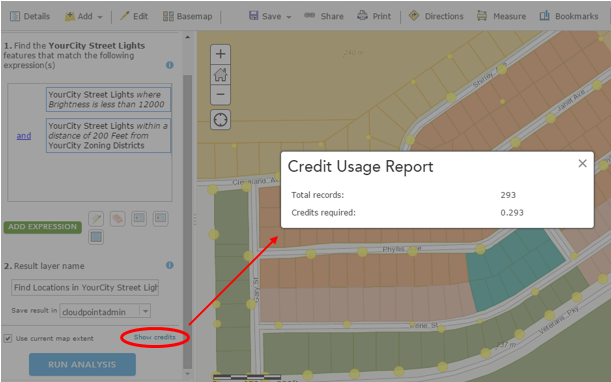Last year Esri released Portal with ArcGIS Server as a free extension. There has been a fair amount of confusion surrounding the product. What is it? Should we install it? What is it?
One things is for sure; Esri keeps talking about Portal (or at least "a portal") so it must be important, right? Part of the confusion comes with issues of terminology. Another is people being unwilling or unable to explain the difference or what clients should do. I want to help with both.
If you're a Esri shop, ArcGIS Online (AGO) is the platform through which all your GIS will be pushed out to your customers and users. If it isn't now it will be, so go ahead and relent. That platform is a portal (lowercase 'P'). To induce this platform acceptance, Esri decided to giveaway the server-software that runs ArcGIS Online. That is ArcGIS Portal (Capital 'P'). So you're using a portal when you are using ArcGIS Online and you're using a portal when you are using ArcGIS Portal. Get it?
Now, Should you install and use ArcGIS Server Portal Extension? Probably not. Just use ArcGIS Online. Here's a quick Frequently Asked Questions when is comes to campaign ArcGIS Online (AGO) v. ArcGIS Portal (Portal)
Q: What about credits? STOP WHINING ABOUT CREDITS, THEY'RE CHEAP!
Q: What about Security? AGO is highly secure by default, probably more secure than your ArcGIS Server installation, which has No security by default BTW.
Q: Will AGO work with local services running behind my firewall? Yup.
Q: I don't like my data being hosted on AGO. So don't. the idea of a portal is a window, not a dropbox.
Q: Do I have complete control over my content? Yup.
Q: Can the Portal software run on my existing ArcGIS Server? Maybe, but it shouldn't. Are you asking to overload Your PrintServer/FileServer and make it an ArcGIS server too? Recommended Best Practice is to run it on a separate server by itself.
Q: Will AGO Work without the internet? Ok. Got me there, No. Your users do have to have access to the internet and most subdomains on arcgis.com. So you will have to whitelist a fair number of URLs. Whereas portal can completely be on your internal network. Sequestered.
Q: If I'm offline, how does Portal get updates to the basemaps? You install them.
Q: Then how about new tools that are release on ArcGIS Online? You Install those too.
Q: What about other peoples shared data outside my organization? No Workie.
Q: What if, I am using Portal and I want to upgrade my hardware to meet customer demands? You cancel your weekend plans.
Q: Seriously, What real benefit to I get from installing Portal? Your own Domain, Hyper-active-Internal-I.T.-Caveman-Security, Lots of extra work and a reason to spend lots of money on infrastructure hardware, bandwidth & overtime.
The security thing could be a genuine issue ... for like the Department of Defense. If you are in local government IT, it really isn't a deal breaker. Does Your server have Multi-Factor Authentication? ArcGIS Online is pretty seamless with ArcGIS Server and plus wouldn't you rather offload some of your bandwidth? In most cases (95%) with city/county government ArcGIS Online will most always meet the orginization's needs.









